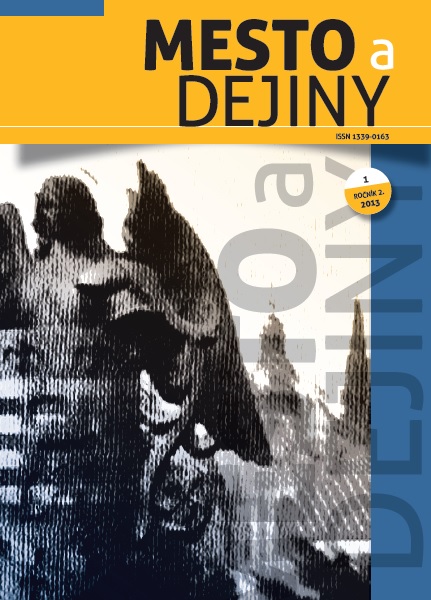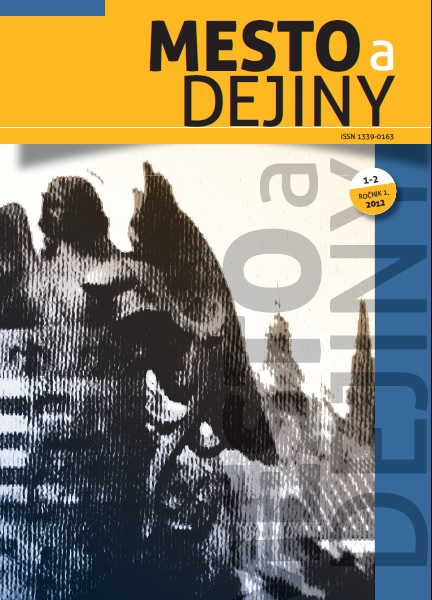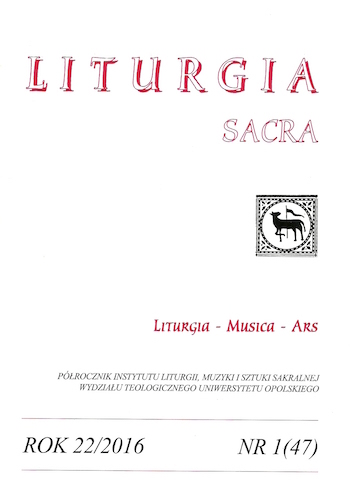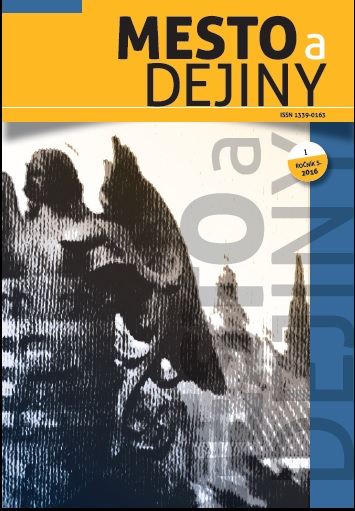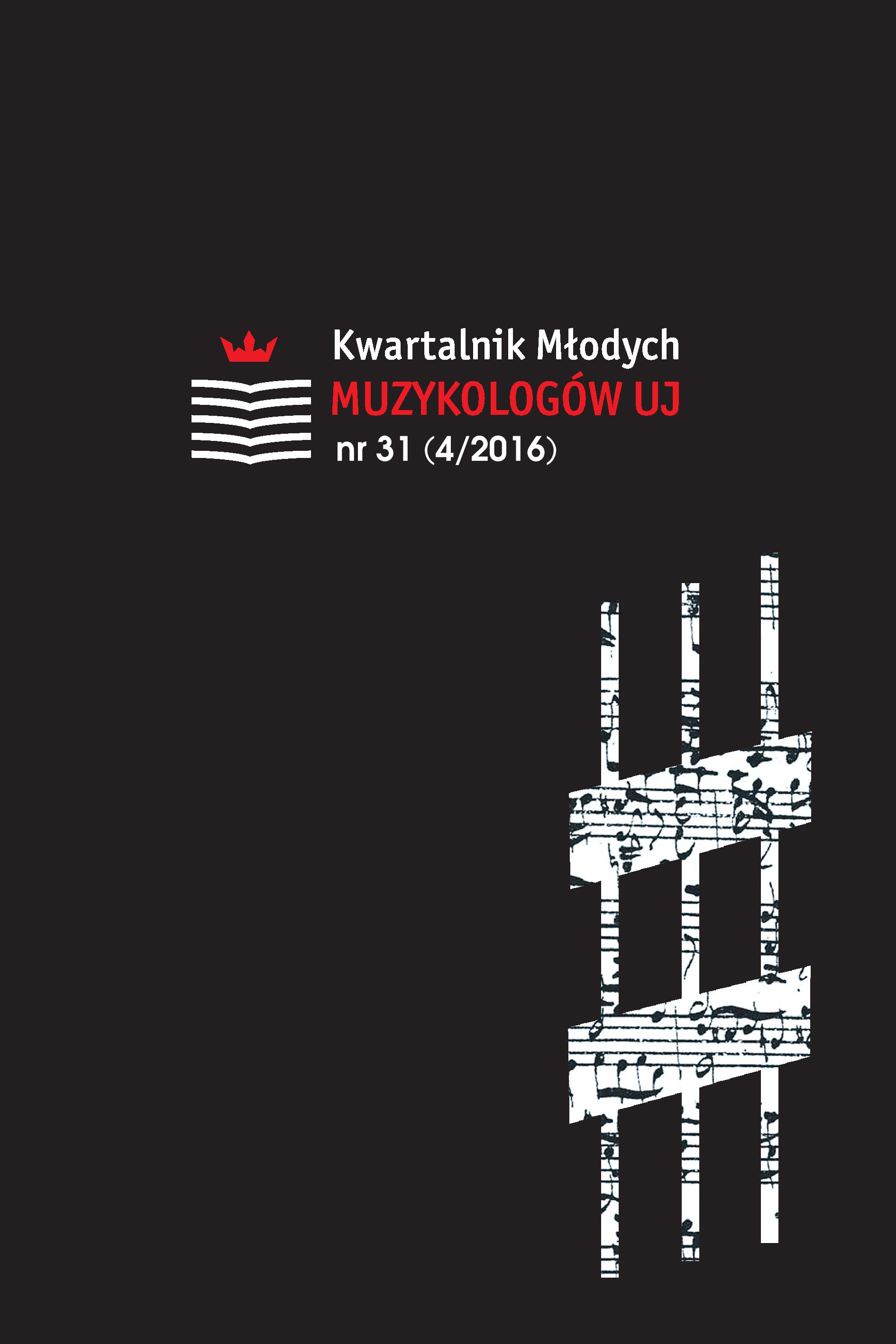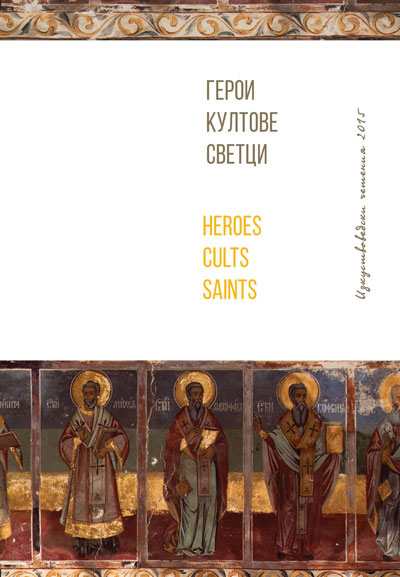
Паметта за мъртвите: структуриране на сакралните пространства в ранновизантийските некрополи и градове (според паметниците от територията на съвременна България)
This article aims to pose some questions on the formation of the Christian value system: when did the attitude towards the dead changed, when did the attitude towards life and the saintly dead undergo a major alteration? This attitude is not only the very formation basis of a certain saint’s cults but it also has a powerful impact on the structuring of the urban as well as the extra-urban and church spaces. Ejnar Dуggve calls the commencement of the process of intrusion of the city of the dead into the city of the living, a problem of the cultural history. The short review of the development of the Christian necropoles, located in the vicinity of the fortified cities, is based on archaeological evidences. Isolated cases of urban burials are not left unmentioned. Another symptom of the undergoing change is the emergence of the practice of depositio ad santos, relating the intention of the faithful to find blissful rest next to the saintly relics. The burials under the church floors form yet another aspect of the general problem. The formation of the church crypts is analysed as well as the deposition of reliquaries there as late as the mid-fifth century. Some cases are commented showing examples of varying disposition ratio between grave, relics, martyrium and church.
More...
